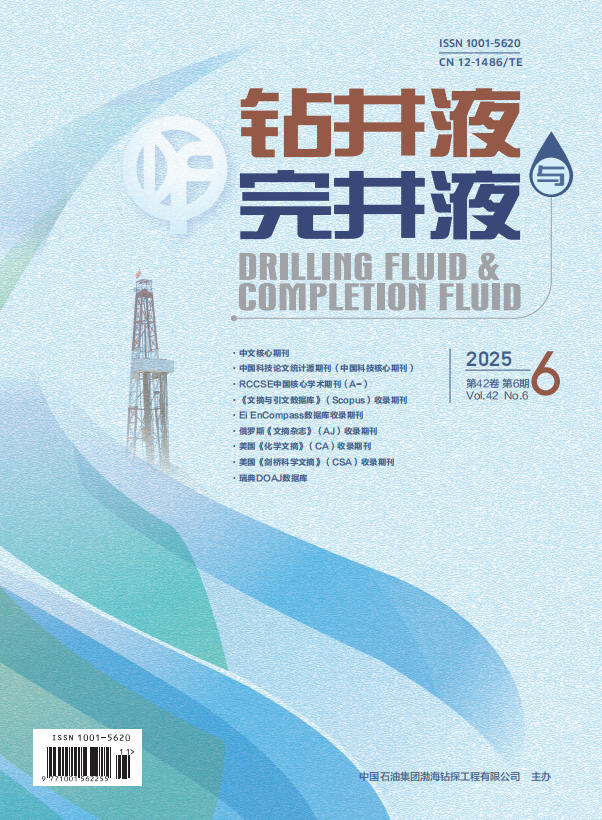Abstract:
Gelled acids have commonly been used as retarded acids in acid fracturing carbonate reservoirs. Gelled acids have good retarding and friction reducing performance, they cannot satisfy the requirements of deep acidification of high temperature reservoirs though, and a retarded acid with high temperature resistance and better retarding performance is required. Emulsified acids have these characteristics such as low filter loss, good retarding performance, and capable of generating long acid-eroded fractures, it is the poor high temperature stability of emulsified acids limits their application in acid fracturing operations. In this study, a gel acid and an emulsified acid were mixed together in the development of a new retarded acid, the so-called emulsified gelled acid (EGA). The formula and preparation method of an EGA resistant to 120℃ were determined through laboratory experiment. The stability, temperature resistance, high temperature rheology and acid-rock reaction have been evaluated. It showed that the EGA prepared was stable at room temperature, no segregation and demulsification have ever been observed after standing 48 hours. The EGA can maintain stable for 2 hours under 120℃. The viscosity of the EGA after sheared 80 min under 120℃ and 170 s-1 was 40 mPa·s. Kinetics of the reaction between the EGA and rocks indicated that the reaction rate of EGA with rocks was less than that of emulsified acid and gelled acid with rocks, respectively. These data demonstrate that EGA has good high temperature resistance, double retarding performance, and is worth popularizing.



